Artificial Life (Viewings)
In medieval Jewish folklore, the golem is a powerful but erratic humanoid formed from from inanimate matter (usually clay or mud) and brought to life through Kabbalistic magic. While the golem is often created with good intentions, or even to save the Jews, ultimately it runs amok and must be destroyed.
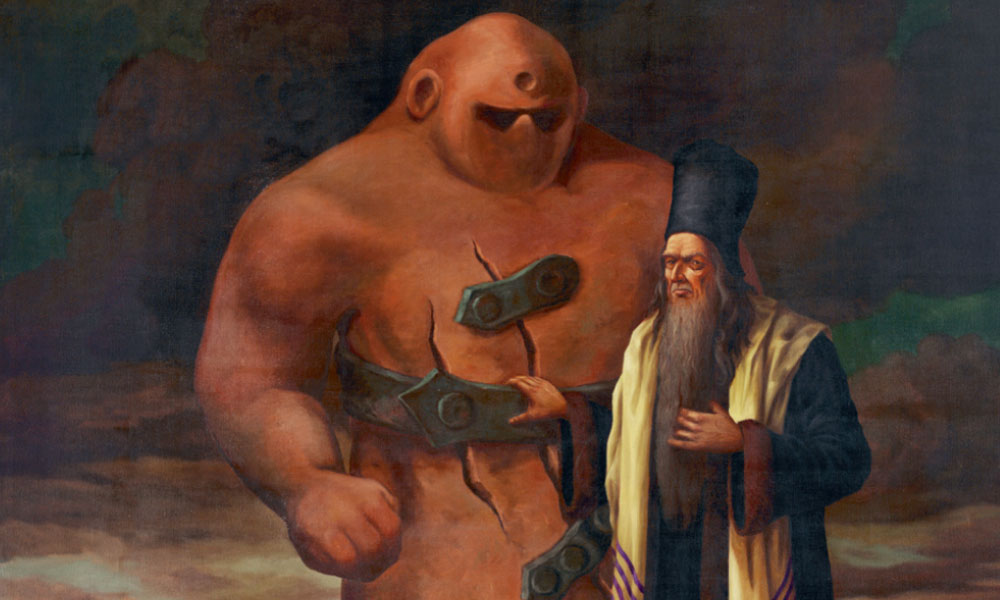
During the 18th century, people were in a state of wonder over mechanism. The first complex machines were called “automata,” the greatest and most fascinating of which were those that could do things in imitation of living creatures.
Radiolab, A Clockwork Miracle (2011)
This is an automaton made c.1560 in the figure of a friar. Fully operational, the figure walks in a trapezoidal pattern; moves both arms (right arm strikes chest in “mea culpa” and left arm raises rosary to lips); moves eyes side to side; opens and closes mouth; and turns head.
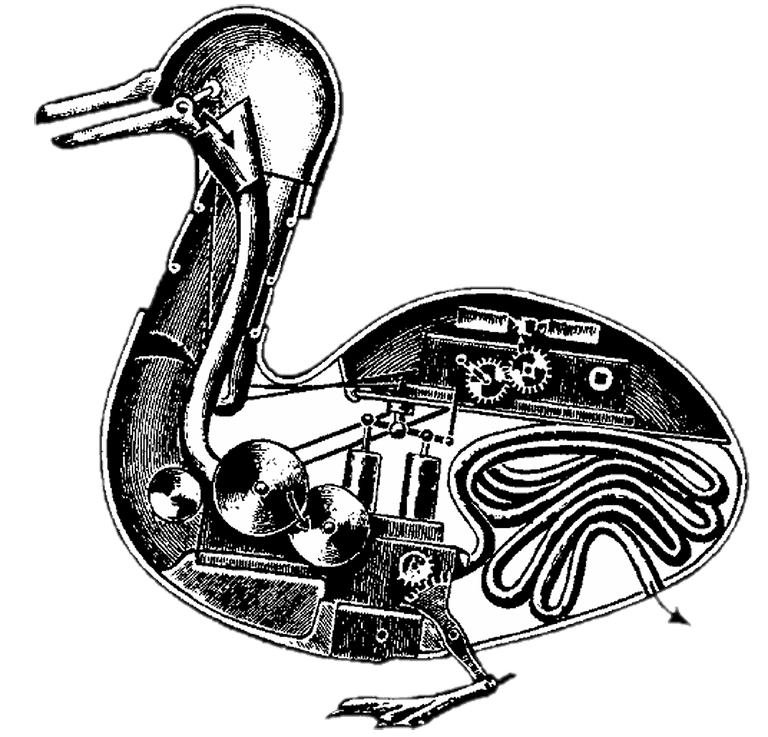

- Vaucanson’s Digesting Duck (1739):
“The Canard Digérateur, or Digesting Duck, was an automaton in the form of a duck, created by Jacques de Vaucanson and unveiled on May 30, 1739 in France. The mechanical duck appeared to have the ability to eat kernels of grain, and to metabolize and defecate them. While the duck did not actually have the ability to do this–the food was collected in one inner container, and the pre-stored feces were “produced” from a second, so that no actual digestion took place–Vaucanson hoped that a truly digesting automaton could one day be designed.”
- Wim Delvoye, Cloaca (2000-2007)
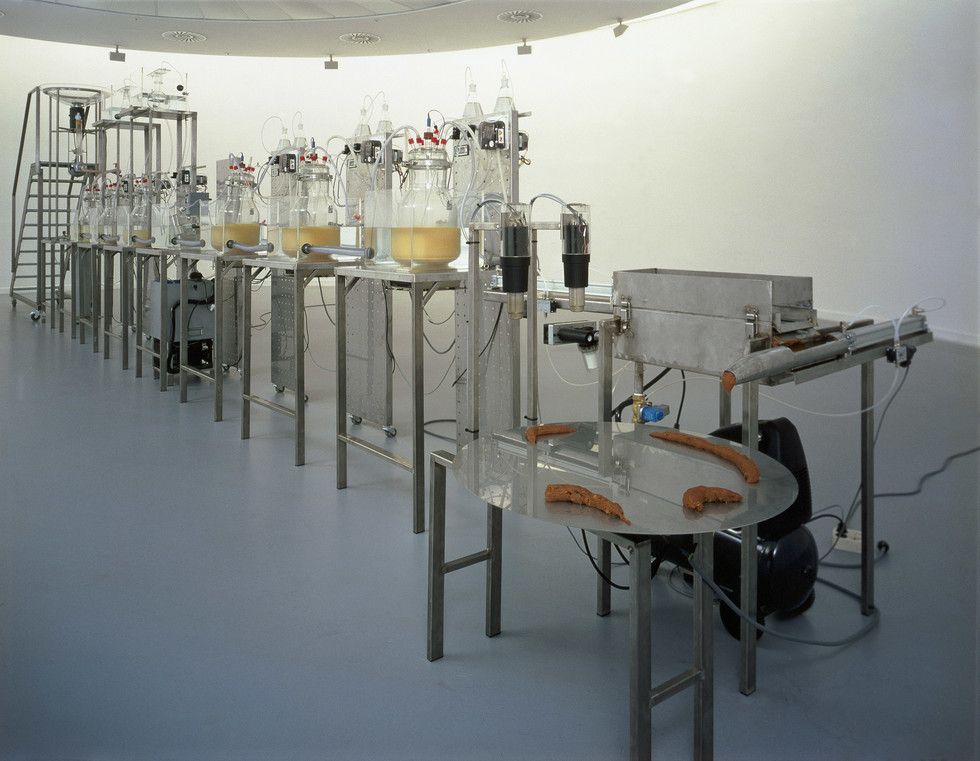
Karakuri puppets are traditional Japanese mechanized puppets or automata, made from the 17th century to the 19th century. Around 1875, Tanaka Hisashige, the founder of Toshiba, gained a reputation by making technically sophisticated karakuri puppets. Considered the “Japanese Edison”, one of his masterpieces is Moji-kaki doll (letter-writing doll), which dips a brush into ink and writes characters on paper.
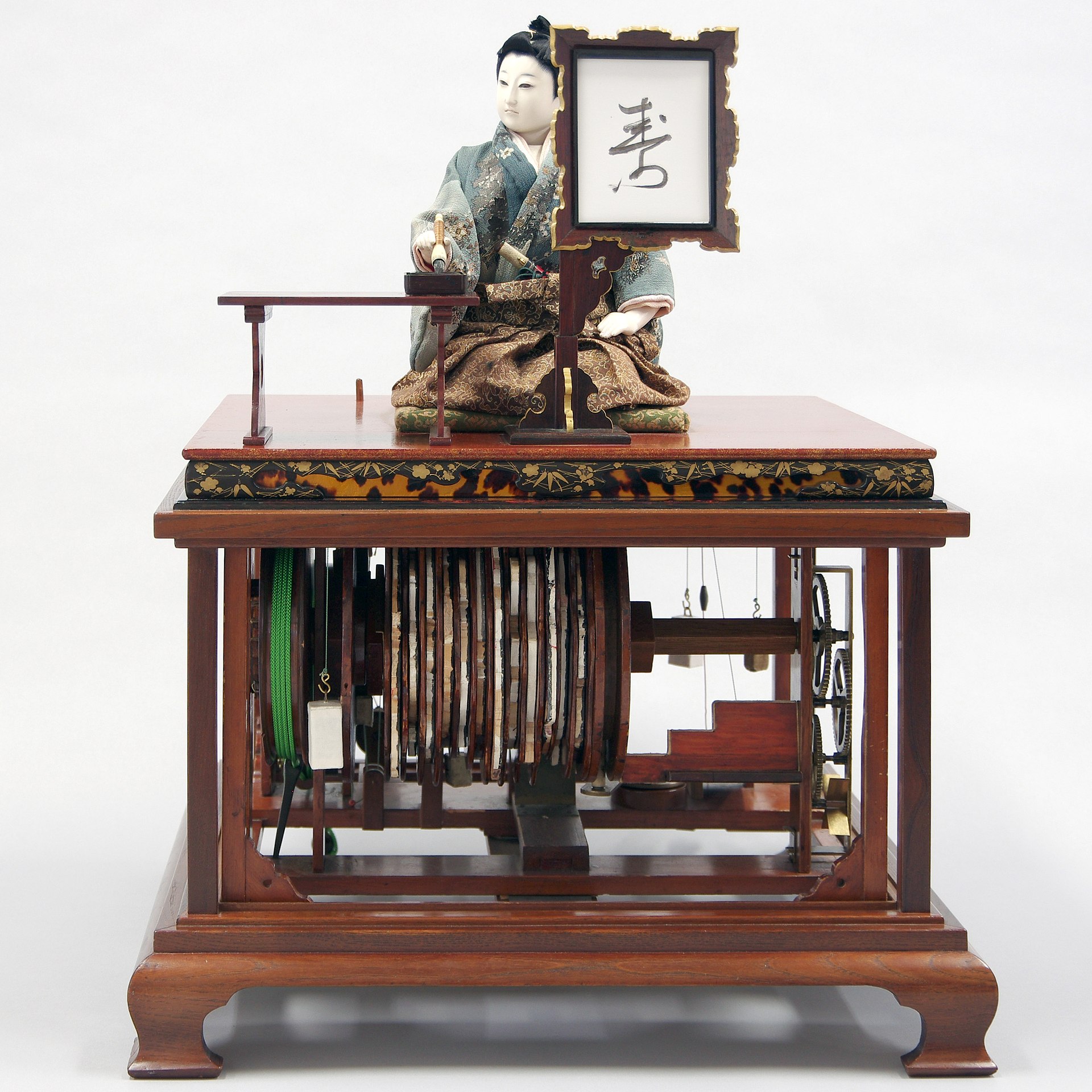
-
-
- Ihnatowicz, Edward. Senster. 1970. Interactive robotic sculpture. http://www.senster.com/ihnatowicz/senster/index.htm.
-
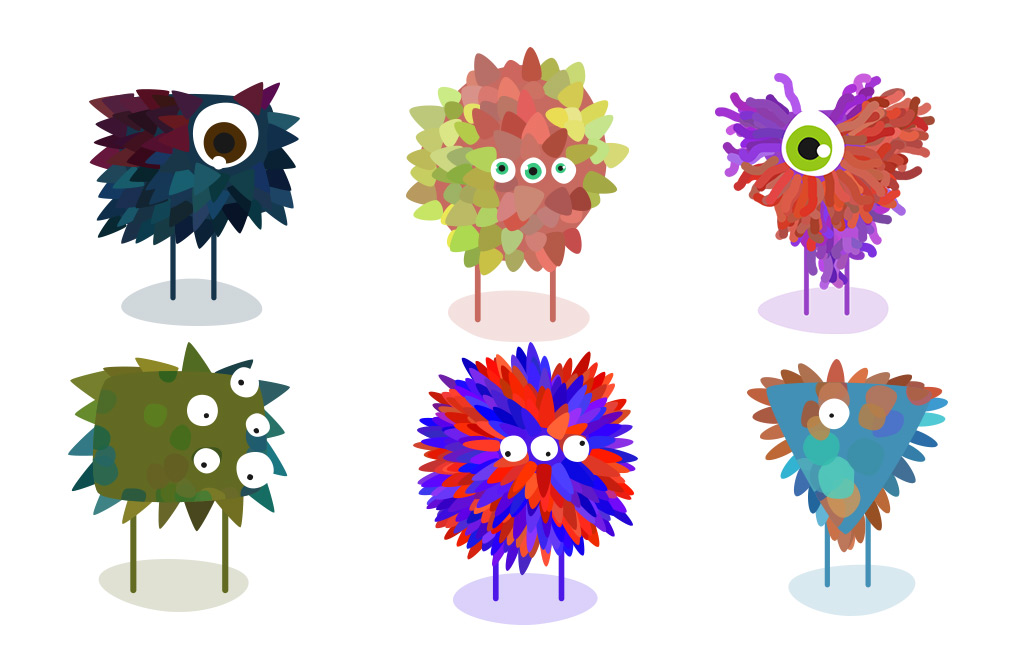
-
-
- Adria Navarro, Generative Play (2013)
- John Conway’s Game of Life (1970)
-


-
-
- Christa Sommerer & Laurent Mignonneau, A-Volve (1994)
- Karl Sims: Evolved Virtual Creatures (1994)
-
-
-
- Thomas Geijtenbeek, Simulated Bipedal Locomotion (2013)
-
-
-
- Ulrike Gabriel, Terrain 01 (1994)
- Karsten Schmidt & Matt Pyke, Nokia Friends (2008)
-
-
-
- Field.IO (Vera-Maria Glahn & Marcus Wendt), Communion (2011)
-
-
-
- Will Wright & Chaim Gingold, Spore Creature Creator (2006)
-
-
-
-
- Karolina Sobecka, Sniff (2013): Sniff is an interactive projection in a storefront window. As viewers walks by the projection a dog follows them, dynamically responds to their gestures and changes his behavior based on the state of engagement with the viewers.
-
-
-
-
-
- Design IO (Theo Watson & Emily Gobeille): Connected Worlds (2015): Connected Worlds is a large scale interactive ecosystem composed of six unique habitats. Children can use physical logs to divert water flowing across the floor from the waterfall into the different habitats, where they can then use their hands to plant seeds of their choice. As the habitats bloom, creatures appear based on the health of the environment and the type of plants growing in it. If multiple habitats are healthy, creatures will migrate between them causing interesting chain reactions of behaviors.
-
-
& Puppet Parade (2012): An interactive installation that allows children to use their arms to puppeteer larger than life projected creatures.
-
-
- Nicole He & Eran Hilleli: Garden Friends (2018): Garden Friends is an experiment in which you help grow personalized trees and flowers through a conversation with a quirky character.
-
-
-
- Brent Watanabe: San Andreas Deer Cam (2019): Modification of GTA V that creates and follows a deer wandering through the fictional state of San Andreas. The deer character is autonomous and will wander and respond to its surroundings, interacting with the existing GTA V artificial intelligence. The piece is presented as a live stream on sanandreasanimalcams.com.
-

-
-
- Alexandra Daisy Ginsberg, The Substitute (2019): On March 20 2018, headlines announced the death of Sudan, the last male northern white rhinoceros. The Substitute explores a paradox: our preoccupation with creating new life forms, while neglecting existing ones. A northern white rhino is digitally brought back to life, performing as an artificial agent.
-
-
-
- Flocking (e.g. Shiffman)
- Ed Burton & SODA.co.uk, Constructor (1999)
- Vojir, Lukas. Processing Monsters. 2008–2010. Online bestiary. https://github.com/dglunz/processing-monsters. (Run locally)
- George Always, Staggering Beauty (Note: flash warning)
- Lars Berg, LaserBagPipe
- Variable, UCC Organism (writeup here)
- Kate Compton, Puppets
- Marpi Studio, Terrarium
- Zach Rispoli, C. Elegans Destroys its Bedroom (2015): [Caenorhabditis elegans is one of the simplest organisms with a nervous system: a worm with a brain containing only 302 neurons. As of 2012, it was the only organism to have its connectome (neuronal “wiring diagram”) completely simulated in code, in the OpenWorm project. In 2016, School of Art BFA student Zach Rispoli used the OpenWorm brain code to create C. Elegans Destroys Its Own Bedroom (class project).]
- David Li, Blob Opera (2020)
- Banksy’s Village Petstore and Charcoal Grille (2010):
-
Real-Time Continuous Interaction Techniques
A vocabulary of mouse interaction techniques (sketch), using functions including dist(), atan2(), lerpColor(), map(), constrain():

Mouse Interaction with Orientation and atan2: Eyes (sketch):

Microphone sensitivity (sketch):

